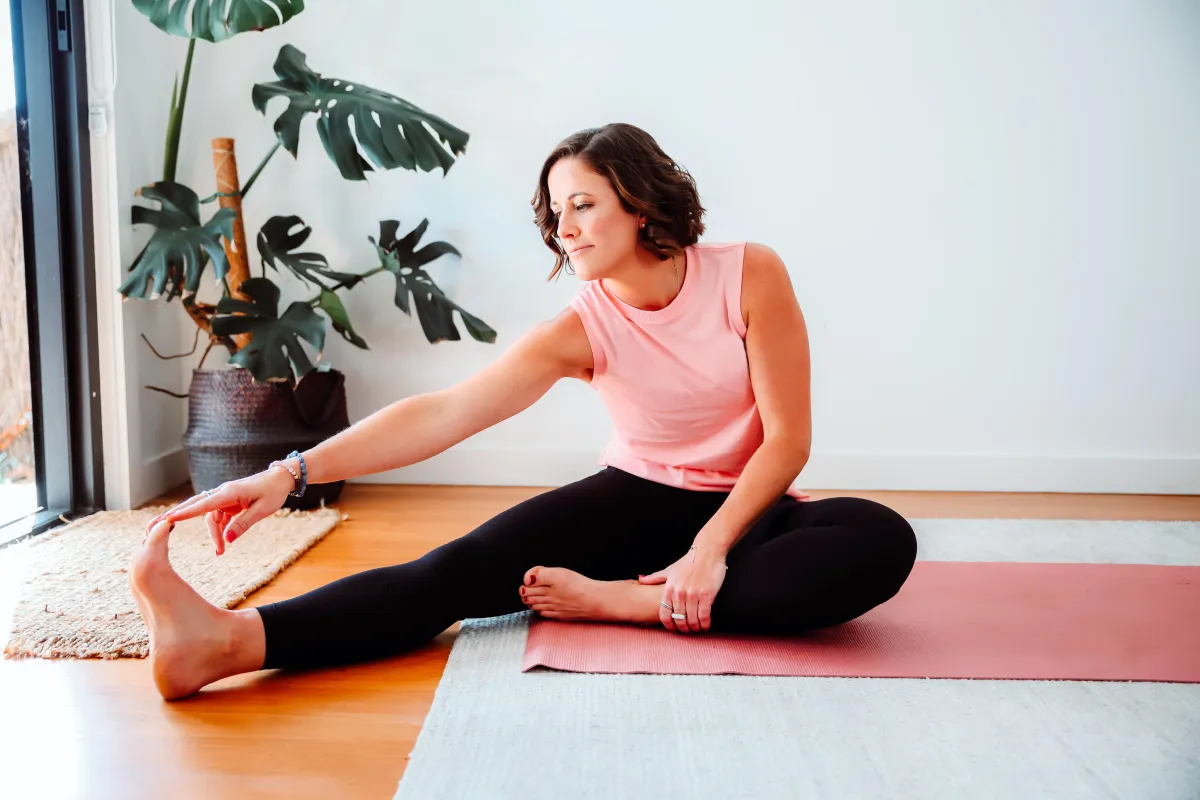
Gentle Movement After Illness: Why It Matters and How to Get Started
Gentle Movement After Illness: Why It Matters and How to Get Started
Written by Elle Sproll
Introduction
Recovering from illness—especially something as significant as cancer or a major health event—can leave you feeling physically and emotionally drained. For many women, the idea of returning to exercise can feel overwhelming or even unsafe.
But movement doesn’t have to be intense to be effective. In fact, gentle, intentional movement is one of the most powerful tools for supporting your body’s healing, improving energy, reducing inflammation, and rebuilding confidence. This blog explores why movement matters after illness, and how to ease back in—one step at a time.
Why Gentle Movement Supports Healing

After illness, your body is still recovering—often in ways that aren't visible. Energy reserves are low, inflammation may still be active, and the nervous system may be stuck in survival mode. This is where gentle movement becomes essential, not optional.
Here’s how it helps:
Reduces inflammation by encouraging circulation and lymphatic flow
Supports digestion and gut health by stimulating natural motility
Improves sleep by regulating your stress hormones
Boosts mood and reduces anxiety through the release of feel-good chemicals like endorphins
Rebuilds strength and stability without overloading the body
Most importantly, it reconnects you with your body in a safe, compassionate way.
Signs Your Body Might Be Ready for Gentle Movement
Everyone’s recovery timeline is different, but some signs you might be ready to move more include:
Feeling more consistent energy throughout the day
Sleeping slightly better
Reduced body aches or tension
Wanting to reconnect with your body
Feeling emotionally ready to take the next step
Always check with your healthcare provider before starting any new movement routine, especially after treatment or surgery.
Best Types of Gentle Movement After Illness

Here are supportive, low-impact forms of movement to help you get started safely:
1. Walking
Improves circulation, mood, and stamina
Start with 5–10 minutes and build slowly
Outdoors if possible, for added mental benefits
2. Stretching and Mobility Work
Reduces stiffness and helps you feel more at ease in your body
Try gentle neck rolls, shoulder circles, or leg stretches
3. Restorative or Yin Yoga
Focuses on long, supported poses to activate the parasympathetic nervous system (your rest-and-digest mode)
Supports recovery, flexibility, and mental calm
4. Pilates or Bodyweight Strength (Modified)
When you’re ready, gentle strength work can rebuild muscle and improve posture
Focus on your breath and core control rather than intensity
5. Dance or Free Movement
Movement can also be joyful—put on your favourite music and move however feels good
Great for releasing emotions and boosting endorphins
Tips to Ease Back Into Movement with Confidence
Start small: Even 5–10 minutes is enough to support your recovery
Listen to your body: It will tell you when to rest and when you can do a little more
Stay consistent, not perfect: Gentle daily movement is more helpful than one intense session
Hydrate and nourish: Support your body before and after movement with water and anti-inflammatory foods
Be kind to yourself: Your body has been through a lot—celebrate every step forward
Conclusion
Returning to movement after illness isn’t about pushing through pain or “bouncing back”—it’s about honouring your body’s healing and supporting it with what it needs most.
Gentle, consistent movement helps calm inflammation, rebuild strength, and reconnect you with your body in empowering ways. Whether it’s a short walk, a few minutes of stretching, or dancing in your kitchen, every bit counts.
You don’t have to do it perfectly—just keep showing up for yourself with compassion.
